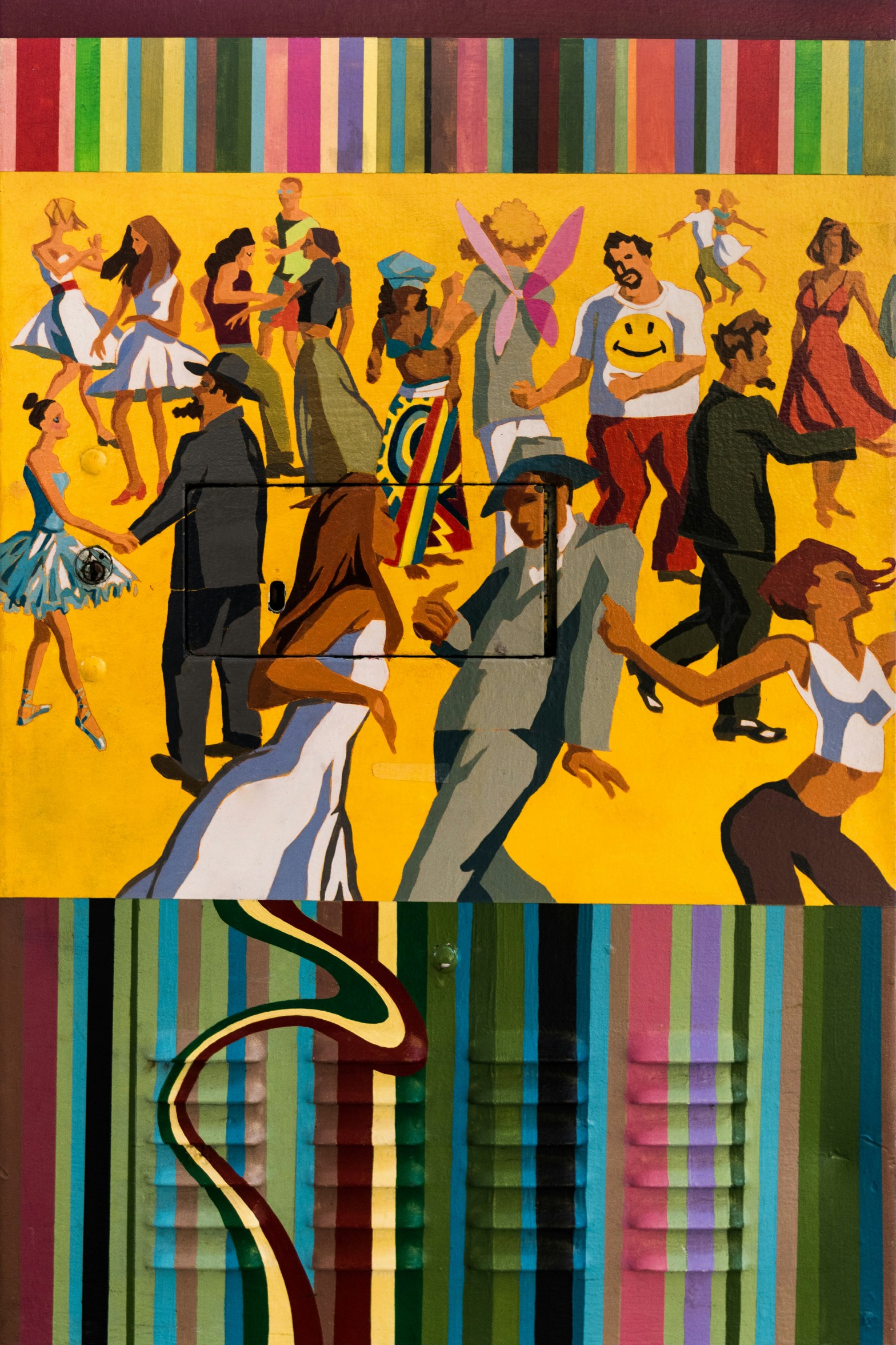I’ve been enjoying listening to music from Argentina this month, and not only tango (with roots that date back to the 19th century slave trade), which remains popular, especially in Buenos Aires, and was rejuvenated in the early 2000s. Here’s my summary, with Spotify links.
- Astor Piazzolla (1921-92): Otoño Porteño – with pianist Daniel Barenboim. The ‘father of nuevo tango’, Piazzolla incorporated jazz and classical music to create a new form of tango, but his work received a tepid reception at home during his lifetime. “Without question the most important musical force to come from Argentina since Gardel” says my trusty manual on world music (a charity shop find, published by Routledge in 2005, so undoubtedly not the most up to date book out there, but very useful!).
- Por Una Cobeza by Carlos Gardel. Achingly beautiful. Suave working-class hero Gardel can be credited with bringing tango to worldwide attention, and transforming it into a vocal form, before his death in a plane crash in 1935. The link is to a Youtube clip of Colin Firth and Jessica Biel dancing in 2008 to this tune in the film Easy Virtue.
- Vasos Vacios by Los Fabulosos Cadillacs. A 1990s track by the ska and Latin rock band. Cuban guest singer Celia Cruz’s vocals really make this song.
- Fearless by Lola Ponce. There’s a Madonna feel to Lola Ponce’s vocals on this fierce English-language pop song, from her 2004 album of the same name.
- Santa Maria (del Buen Ayre) by The Gotan Project. I love this so much. The Gotan (an Argentinian slangy anagram of ‘tango’) Project in the early 2000s aimed to reinvent tango for the 21st century, creating ‘sultry soundscapes’ (a nice turn of phrase, but not mine – it’s from my 1001 Albums to hear before you die book!) and blending traditional ‘mystic’ tango with a modern, slower and Jamaican-influenced tango.
- Marimba by Kermesse. A 2020 release by an Argentinian duo who fuse electronic beats with a dancy world music feel. My husband Anthony calls it “ethno-dance bollox from a serial Deep Forest-botherer” (despite not knowing what their other tracks sounds like). Fine, but I like it. Have to say Ant’s music reviews are certainly more entertaining than mine, if less informative (see Parov Stelar).
- L’Orilla by Federico Aubele. Electronic, with a bit of Spanish guitar and a sultry female vocal. His track Somewhere Else, with vocals by Melody Gardot, has a similar feel.
- Ilalo by Chancha Via Circuito. A bit of ‘Alt Latino’ from the 2018 album Bienaventuranza. A fusion of electronic music and digital cumbia by a DJ, producer and composer from Buenos Aires.
- Almost finally, songs by the late artist Atahualpa Yupanqui (1908-1992), included, for example, on the album ‘From Argentina to the World’ (released in 1996, after his death). Included not because I especially love the music, but because he’s the leading example of an artist using folk music as political protest, a movement (el nuevo cancionero) that emerged in the 1940s in Argentina. It developed as a way to challenge the dictatorships and juntas of the late 20th century, and deals with the difficulties of rural peasants, and urges peace.
- Mercedes Sosa (1935-2009). Another influential devotee of el nuevo cancionero, with a stunning strong voice.

I am going to take some time listening to this, thank you for posting.
There used to be a blog on WordPress of Tango lyrics, translated into English…
LikeLiked by 1 person
Great! Thanks!
LikeLike